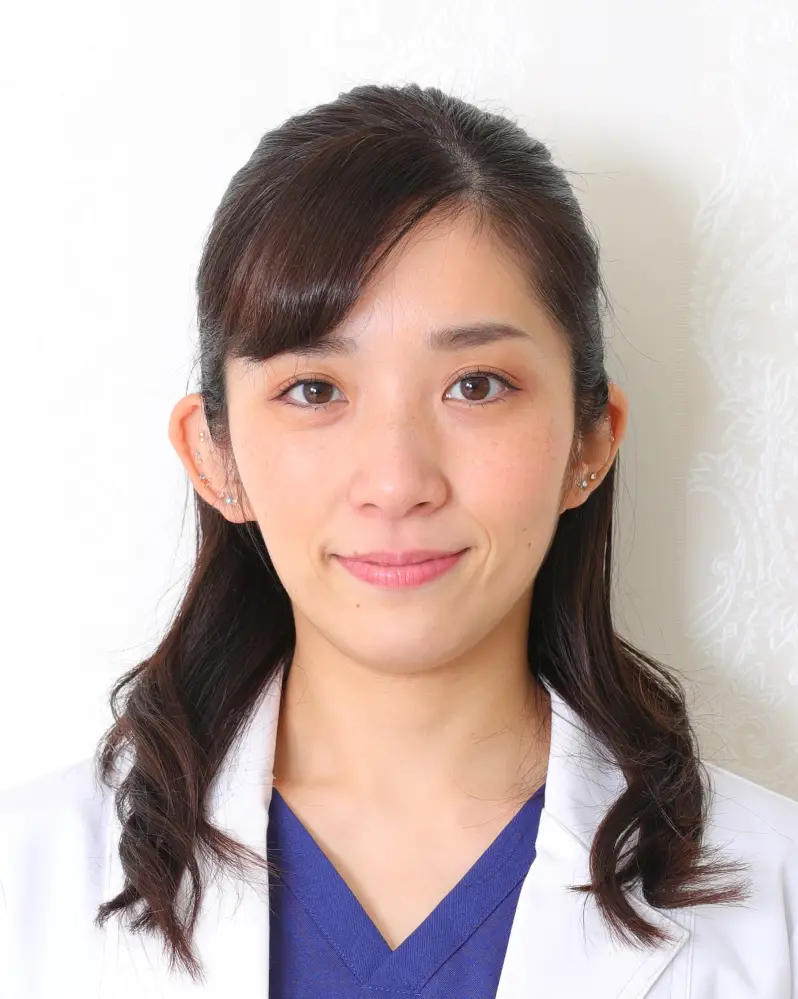Effective Acupressure Techniques for Sinus Relief This Fall
As the fall season settles in, many people experience an increase in sinus congestion due to seasonal allergies, dry air, and fluctuating temperatures. Traditional Chinese Medicine (TCM) offers a natural way to manage this discomfort through acupressure, a technique that involves pressing specific points on the body to stimulate energy flow and relieve symptoms. We consulted Ms. Mai Sogawa, a certified TCM therapist, to identify the most effective acupressure points for sinus relief during fall. These methods require no special tools, just the use of your fingertips. For a more comprehensive look into acupressure, see our essential acupressure guide.
Why Use Acupressure for Sinus Relief?
Sinus congestion can arise from seasonal allergens, colds, or even temperature changes, and it often leads to uncomfortable symptoms like pressure in the forehead, swollen sinuses, and difficulty breathing. Acupressure is a safe, natural way to address these symptoms by:
- Relieving sinus pressure and nasal congestion
- Enhancing circulation and reducing inflammation
- Encouraging relaxation and relieving stress
Applying gentle but firm pressure to targeted acupressure points can help ease these symptoms, often within minutes.
Key Acupressure Points for Sinus Congestion Relief
Below are four acupressure points recommended by Ms. Mai for sinus congestion relief, each of which can be activated using just your fingertips. Follow the instructions for each point to achieve optimal relief.
1. Yingxiang (LI-20)
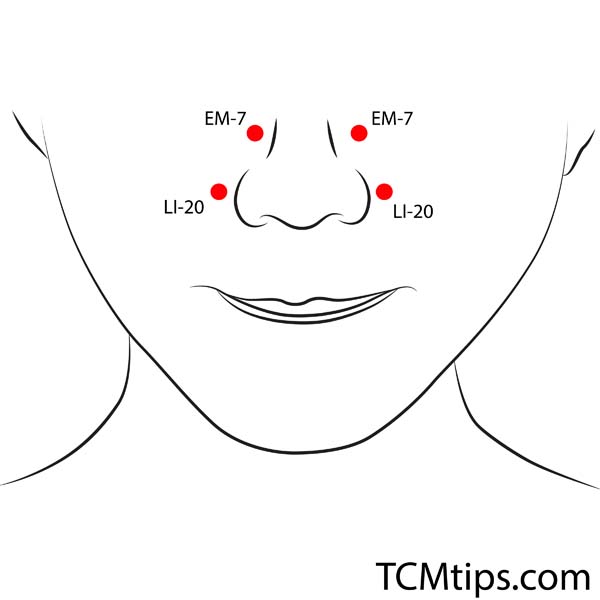
Location: The Yingxiang point, or LI-20, is located on both sides of the nose, at the base of each nostril where it meets the cheek.
How to Apply Pressure:
- Using your index fingers, press both points gently but firmly for 2 to 3 seconds, then release.
- You may feel a slight tingling or a sense of relief as congestion begins to ease.
Benefits: This point helps open nasal passages, relieving sinus congestion and clearing the nasal cavity. It is especially useful if you’re experiencing blocked sinuses or a runny nose.
2. Shangxing (GV-23)
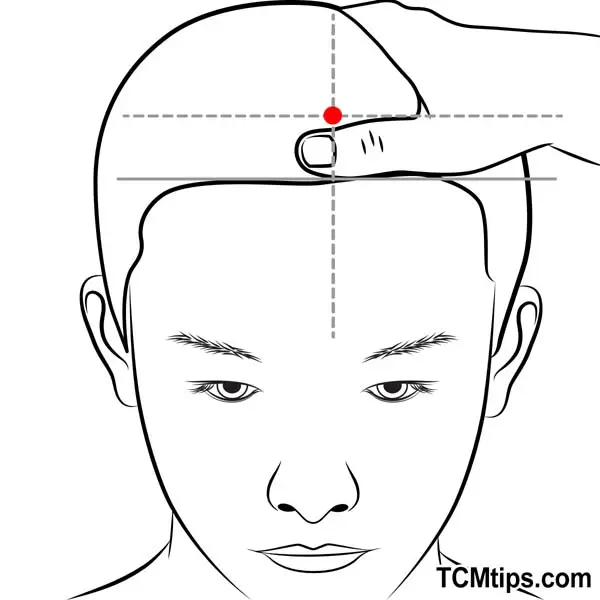
Location: The Shangxing point, or GV-23, is located on the top of the head along the midline, about 1 inch into the hairline above the forehead.
How to Apply Pressure:
- Place your index or middle finger on this point and apply gentle, firm pressure for a few seconds.
- Press for about 2 to 3 seconds, then release. Repeat as necessary.
Benefits: GV-23 is known for alleviating headaches and sinus pressure. Applying pressure here can help reduce congestion and improve mental clarity, especially useful when sinus congestion leads to fogginess or discomfort in the forehead area.
3. Tianzhu (BL-10)
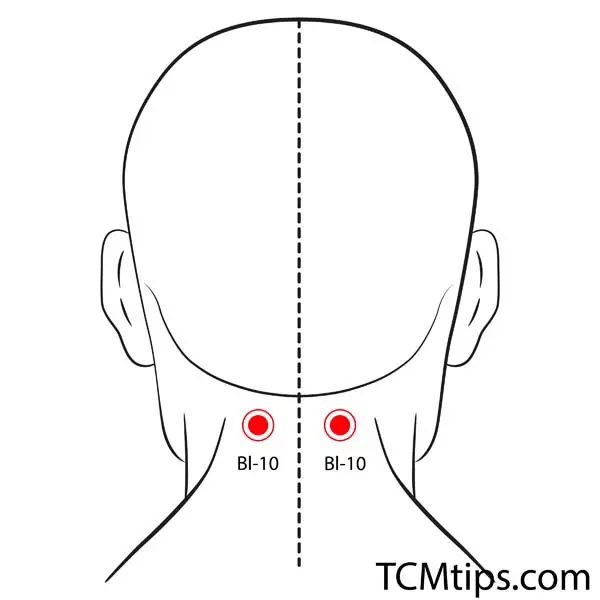
Location: This point, also known as BL-10, is located at the base of the skull, about an inch outward from each side of the spine.
How to Apply Pressure:
- Use both thumbs or index fingers to apply firm pressure on both sides of this point.
- Hold for 2 to 3 seconds, then release. Repeat a few times.
Benefits: Tianzhu is helpful for relieving tension in the neck and back of the head, which can contribute to sinus discomfort. It’s also effective in reducing headaches and promoting relaxation, allowing for better overall energy flow through the sinuses.
4. Hegu (LI-4)
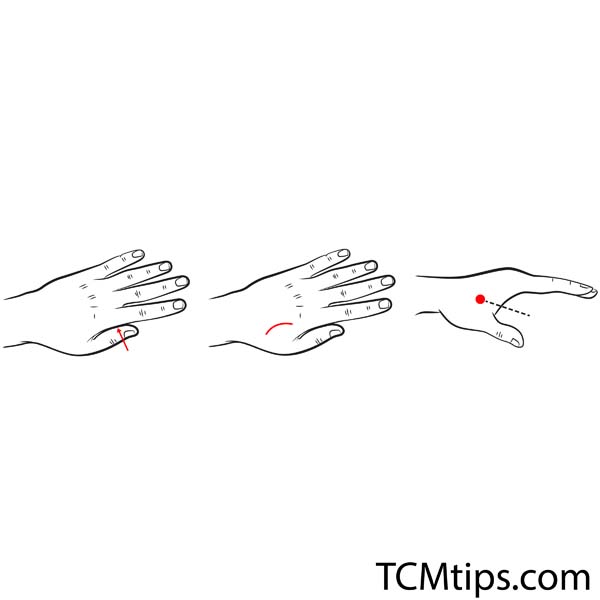
Location: Hegu, or LI-4, is located on the back of your hand between the thumb and index finger.
How to Apply Pressure:
- Pinch this point between the thumb and index finger of your opposite hand.
- Apply pressure that feels slightly painful but is still comfortable, holding for 2 to 3 seconds before releasing.
Benefits: LI-4 is one of the most widely used acupressure points for various ailments, including sinus congestion. It not only reduces sinus-related pain but also enhances immune function, making it ideal for combating seasonal ailments during the fall.
Tips for Practicing Acupressure Safely at Home
Using acupressure for sinus relief at home is simple, but a few tips can help maximize effectiveness and ensure comfort:
- Practice deep breathing while pressing each point. Deep breaths help calm your nervous system, maximizing the benefits.
- Apply steady, comfortable pressure. Each point should feel slightly tender when pressed, but the pressure should never be painful.
- Stay hydrated. Drinking water after acupressure can help flush out toxins, supporting sinus drainage.
- Be consistent. Practicing acupressure once or twice daily can yield better results, especially during allergy season.
When to Seek Additional Help
Acupressure can be highly effective for mild to moderate sinus congestion, but if symptoms persist or worsen, it may be necessary to consult a healthcare provider. Chronic sinus congestion can sometimes indicate an underlying issue, such as a sinus infection or allergies that require more targeted treatments.
Final Thoughts
Acupressure is a natural, non-invasive way to alleviate sinus congestion, especially during fall when seasonal allergies and dry air can worsen symptoms. By learning how to activate key acupressure points like Yingxiang, Shangxing, Tianzhu, and Hegu, you can bring relief to your sinuses right from home without the need for any special tools. For those looking to explore other TCM methods for congestion or general wellness, consulting a professional like Ms. Mai Sogawa can offer further personalized guidance.
Integrating acupressure into your daily routine this season could be the natural remedy you need to breathe a little easier.

Try our Anti-Aging Gua Sha Tool designed to bring out your skin’s natural glow.
Best Gua Sha Product- Anti-Aging: The tool is designed to target 11 specific aging signs such as wrinkles and sagging skin. By following the 7-step routine, users can improve skin firmness and reduce fine lines naturally.
- Enhances Skincare Routine: It works effectively with serums and lotions, boosting absorption and efficacy of skincare products.
- Visible Skin Improvement: Users can expect a smoother complexion, reduced puffiness, and a more youthful appearance.
 P. Sze
P. Sze 
